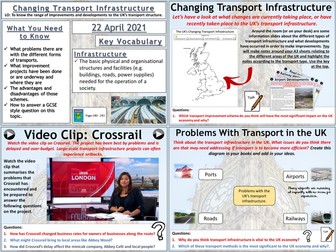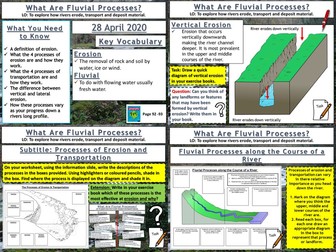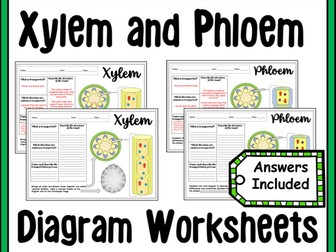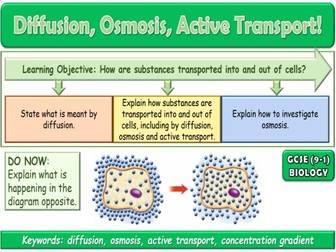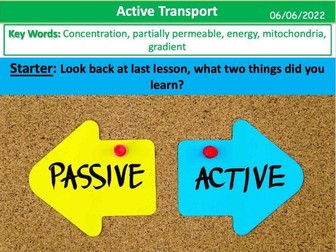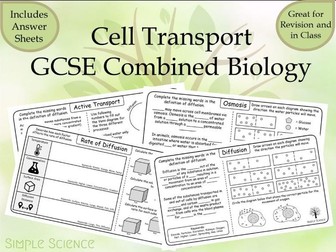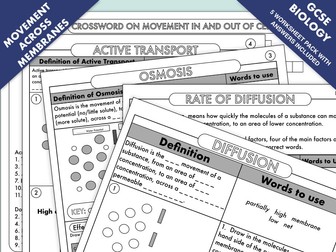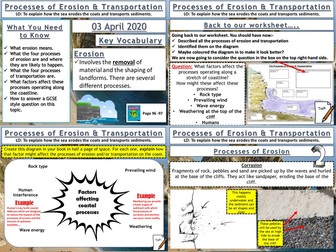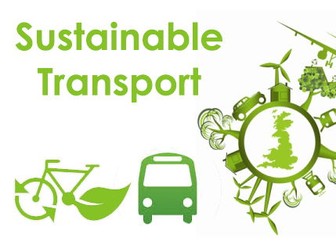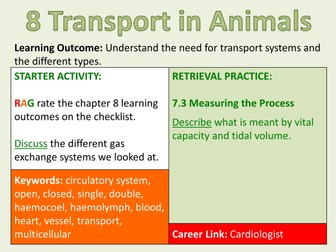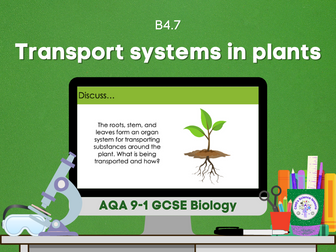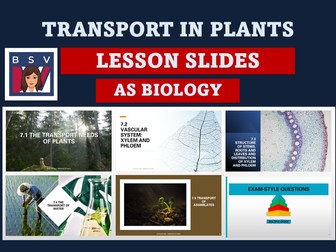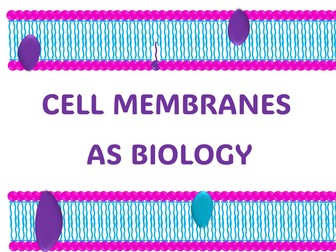Changing Transport Infrastructure
<p>AQA GCSE Geography lesson for the new specification Unit 2B: In this lesson we look at the changing transport infrastructure of the UK.</p>
<p>The lesson starts with a retrieval practice task. We then briefly consider what infrastructure means before looking at what the problems with the UK’s existing infrastructure is. The pupils create a mind map for this. We then look at projects that the UK is undertaking or has recently undertaken to improve transport connections. The pupils have a map of the UK to annotate using information slides that can be placed around the room, on tables or in groups. We look at a short video clip on Crossrail and the pupils answer questions about the impacts the project being over schedule and over budget has had on local people and the economy. There is a consolidation task which gives pupils a choice or questions to answer. We finish with a 6-mark practice question with some guidance on how to respond.</p>
<p>Hope this saves you some valuable planning time.</p>
<p><a href="https://www.tes.com/teaching-resources/shop/markthegeographer">https://www.tes.com/teaching-resources/shop/markthegeographer</a></p>
